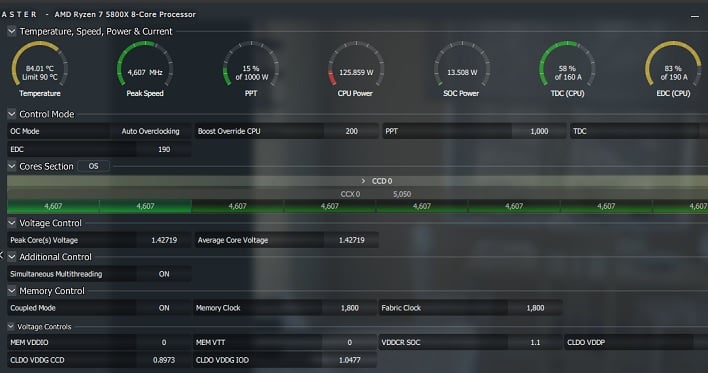

I mean it's easy to set a load and watch for stability problems. I got my curve just right for every load I could throw at it from 1 - 16 cores, but I could never get the idle states where I wanted them. Edited by Antony Jr.Jp7189 said:I've been overclocking since the days when you had to swap clock crystals, and I'm normally down for many hours or tweaking and testing, but I found the process frustrating with the 5950x. When using only the discrete graphics card the brightness control works perfectly. It is worthy to note that the value of /sys/class/backlight/amdgpu_bl0/actual_brightness is stuck at 311 and does not change at all. Now try to change the brightness with software, Fn keys and changing /sys/class/backlight/amdgpu_bl0/brightness and the brightness will not change, i.e The brightness control will not respond and the brightness will always be at max. By default the panel uses iGPU for everything and offloads large graphical apps to dGPU. Now you should have AMD iGPU and NVIDIA dGPU enabled. AMD package version: 19.1.0-3.3 (xf86-video-amdgpu)Įnable Switchable Graphics from BIOS and restart.Distro name and Version: OpenSUSE Tumbleweed.CPU: AMD Ryzen 7 4800H with Radeon Graphics.Brightness control somewhat worked with Fedora Workstation 32 with Linux Kernel 5.6.6 but now with 5.10.4 brightness control does not work. Brightness control only works with discrete graphics card. The value of /sys/class/backlight/amdgpu_bl0/actual_brightness is stuck at 311. Brightness control does not work with AMD Ryzen 4800H Renior iGPU when using switchable graphics (aka.


 0 kommentar(er)
0 kommentar(er)
